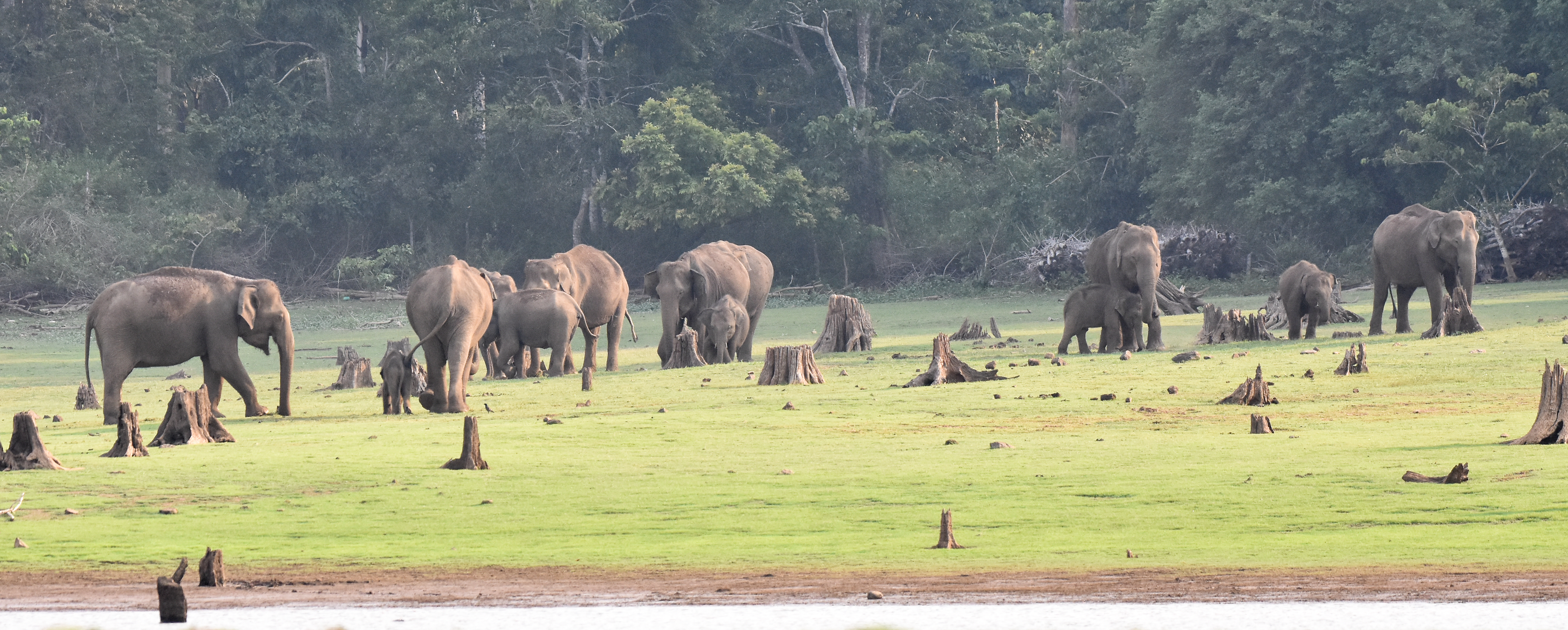Nagarhole National Park stands as a testament to India's commitment to preserving its natural heritage, nestled within the biodiversity-rich Western Ghats of Karnataka. The park's name itself carries deep meaning, derived from the Kannada words "Naga" (snake) and "Hole" (streams), reflecting the serpentine waterways that weave through its lush landscape. This protected area, once the exclusive hunting grounds of the Mysore Maharajas, has evolved into one of India's premier wildlife sanctuaries.
The transformation of Nagarhole from royal hunting reserve to protected sanctuary began in 1955, marking a significant shift in post-independence India's approach to wildlife conservation. The initial protected area encompassed 258 square kilometers, but subsequent expansions incorporated additional forest regions from the Mysore district. The year 1988 proved pivotal when Nagarhole received national park status, strengthening its role in preserving India's natural heritage.
The park's landscape presents a remarkable diversity of habitats, seamlessly transitioning from moist deciduous forests to swampy valleys and gentle slopes. This varied terrain supports an extraordinary array of wildlife, including significant populations of Bengal tigers, Indian elephants, and leopards. The ecosystem's richness is enhanced by its indigenous inhabitants, particularly the Jenu Kuruba tribe, whose traditional lifestyle as honey collectors has been interwoven with the forest's ecology for generations.
The relationship between conservation efforts and indigenous rights has created complex challenges in Nagarhole's management. The establishment of the national park led to restrictions on traditional tribal practices, while government initiatives to relocate communities from the park's core areas have generated ongoing debates. These tensions highlight the delicate balance between preserving natural habitats and protecting cultural heritage, a challenge that continues to shape the park's management strategies.
Nagarhole's conservation approach has evolved significantly over the decades, incorporating modern wildlife management techniques while drawing from traditional knowledge. The implementation of Projects Tiger and Elephant has strengthened protection measures, including the establishment of anti-poaching camps, deployment of camera traps for wildlife monitoring, and development of eco-tourism initiatives. These efforts have not only helped maintain healthy populations of endangered species but have also contributed to the broader conservation goals of the Western Ghats ecosystem.
The park's ecological significance extends beyond its boundaries, forming a crucial component of the Nilgiri Biosphere Reserve. Together with neighboring protected areas like Bandipur, Mudumalai, and Wayanad, Nagarhole creates an essential wildlife corridor that facilitates the movement of wide-ranging species. This interconnected network of protected areas plays a vital role in maintaining genetic diversity and ensuring the long-term survival of numerous species native to the Western Ghats.
Tourism has emerged as a significant aspect of Nagarhole's modern identity, offering visitors immersive experiences in one of India's most pristine natural environments. Safari rides, nature walks, and boat excursions on the Kabini River provide opportunities to witness the park's diverse wildlife in their natural habitat. While tourism generates economic benefits for local communities and raises awareness about conservation, park authorities carefully manage visitor activities to minimize impact on wildlife and their habitats.
The future of Nagarhole National Park rests on its ability to balance multiple priorities: wildlife conservation, indigenous rights, tourism development, and ecological preservation. The park's success in maintaining healthy wildlife populations while addressing complex social and environmental challenges makes it a model for protected area management in India. As pressures from development and climate change intensify, Nagarhole's experience in adapting conservation strategies while respecting traditional rights and promoting sustainable tourism will become increasingly valuable for protected areas worldwide.







